Every time I visit a new city in America, I feel like a new window into its complex history opens up to me. New Orleans throws open a big French door to a whole new perspective on American history and culture. Only a part of the modern USA since 1803, the Big Easy feels totally unlike any other American city I've been to. Colourful houses with beautiful wrought iron balconies, and open front porches, line lush green, pedestrian-friendly streets. Although the spaghetti junctions of highways and skyscrapers are within driving reach, you can walk for hours through the French Quarter, Marigny and Treme, blissfully unaware of their existence. Restaurants are buzzing (delicious cajun and creole cooking and so much hot sauce!), live music everywhere (I loved the relaxed atmosphere of Frenchmen St), and there's a museum to attract any visitor - want to learn about voodoo? pharmacy? WW2? you're covered here!

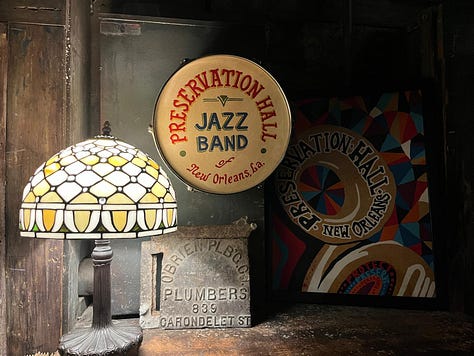
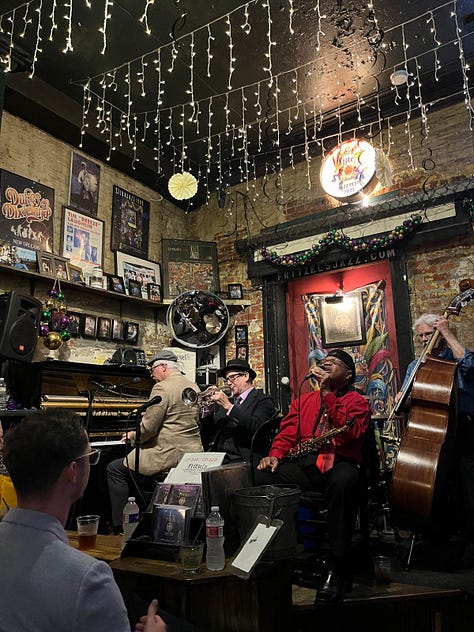
The most eye-opening museum for me, was le musée de f.p.c - a historic house museum telling the story of New Orleans free people of color. It's only open two hours a day, for two days a week, and you have to book into a guided tour. The museum is located in Treme - a neighbourhood which has been largely occupied by families of color for the past 300 years. I arrived just as the tour was starting, and a number of visitors were crowded into a small living room, listening to the guide. The walls were covered in portraits and photographs, and there were a number of display cases scattered around the room. The guide started telling us about the history of the house, and its importance today, when she was suddenly interrupted by a woman in 18th century dress - a time travelling guide, who wanted to share her own history with us. Our 18th century guide was charismatic, engaging and stayed in character throughout the tour, telling us the story of her home town - Nouvelle Orleans.
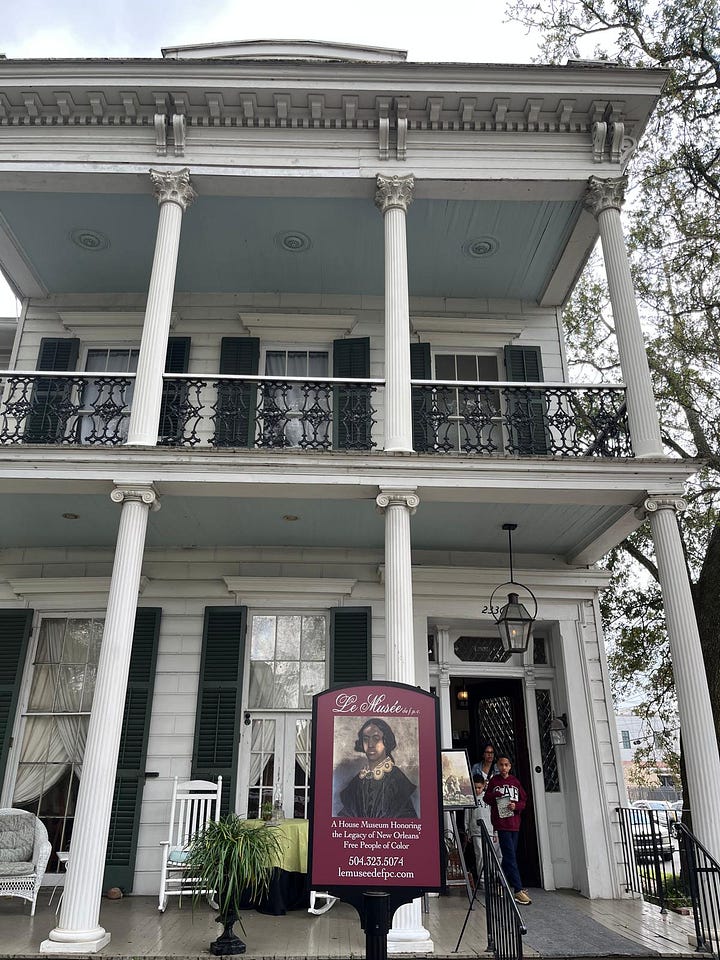
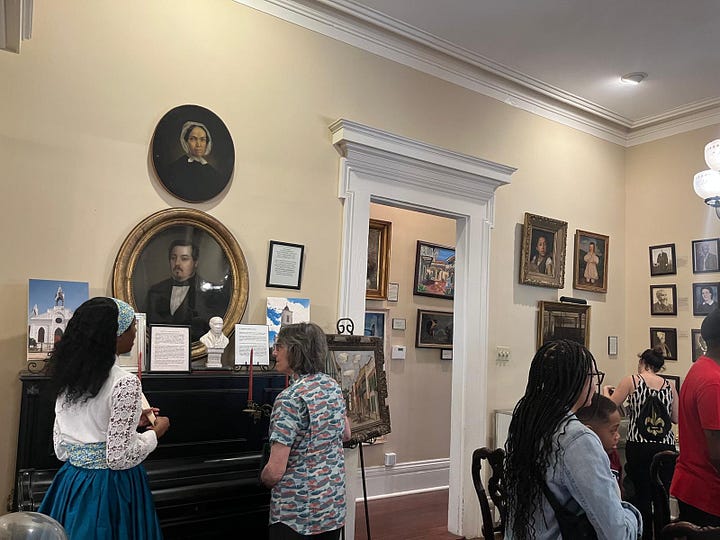
So far, most of the Black history in the US I've learnt about has stretched back to the middle passage and enslaved labour. This museum tells a parallel story, about free people of color who lived and worked in 17th and 18th century New Orleans, long before the Civil War and abolition. Under French and Spanish rule, the culture and lives of Black people in Louisiana were very different to their neighbours in other parts of the South. I learnt about Dr. Roudanez, a physician who went to Paris for medical school (as he was denied entry in the US), then came back to New Orleans to start the first daily Black newspaper in 1862: literacy rates amongst free people of color at the time was at 80%. I learnt about the large number of women of color who ran businesses and owned property in Treme and the French Quarter. About Edmond Dede, a musician and opera composer who left New Orleans to pursue his career in France. With the Lousiana purchase of 1803, which annexed this large area of land into the USA, many of the rights and freedoms of free people of color were curtailed. White men were prevented from passing down more than 30% of their property to any children of color (by the 1860s, many families were multiracial, despite interracial marriages being prohibited) and by the late 19th century, the Jim Crow laws of the South took over.

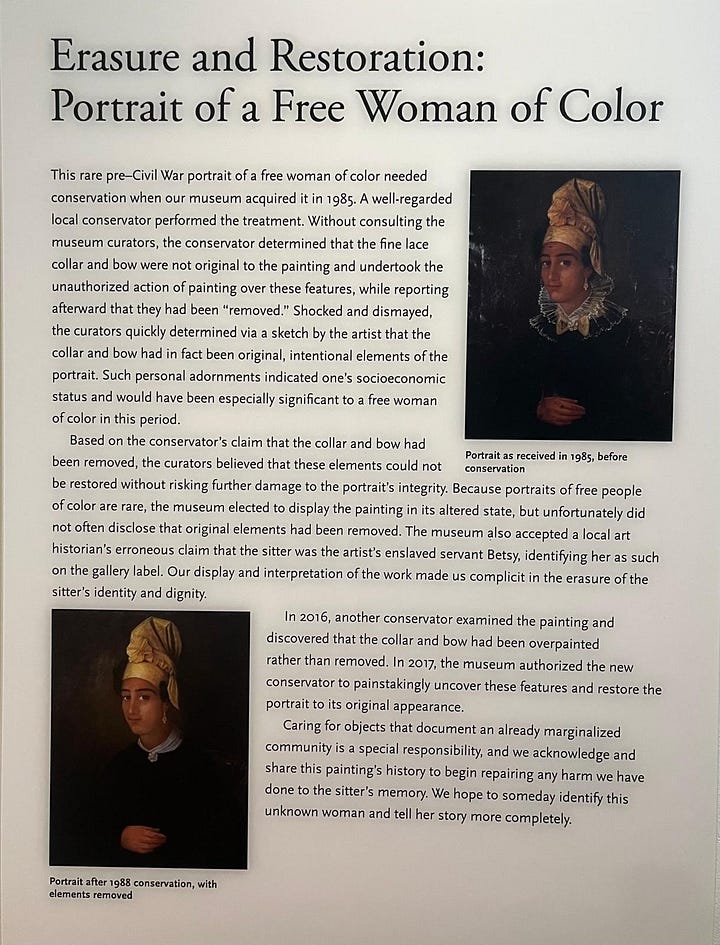
The recent repeal of laws and protections for women, people of color and gender minorities have been a stark reminder that social attitudes can change with the wind. There is no direct arrow of progress that is carrying us on a wave of enlightenment from a dark history to a bright future. Rather we are zizagging through, looping back on ourselves at times. So I think it’s worth remembering the brighter spots of history to keep us inspired and motivated.
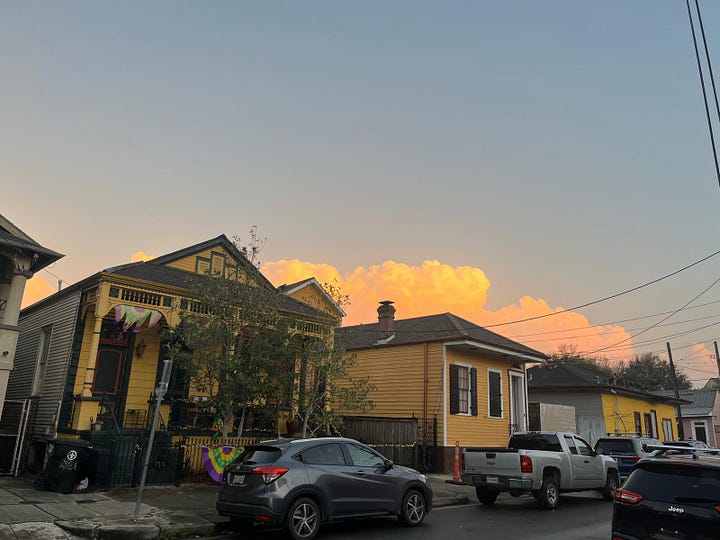
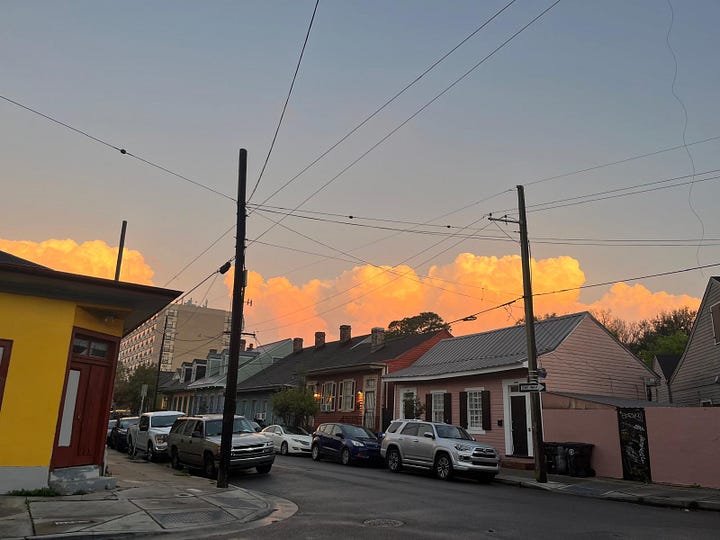




Sounds beautiful and a good mixture of franglais